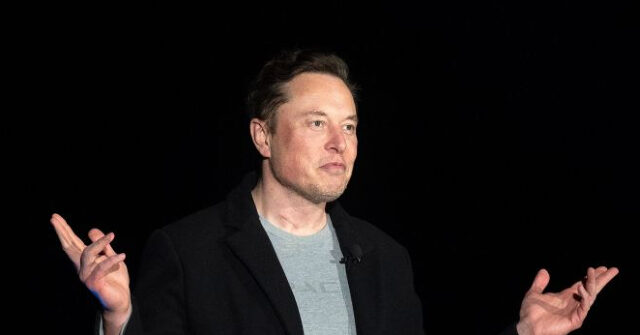

Tesla announced that it delivered 466,140 electric vehicles in its second quarter — “more than 80 percent higher” than the year before.
This comes after Tesla CEO Elon Musk decided to lower prices in order to boost sales and rival competitive manufacturers, BBC reported.
“We’re not ‘starting a price war’, we’re just lowering prices to enable affordability at scale,” Musk wrote on Twitter.
Despite slashing vehicle prices by as much as 20 percent in the U.S. market, the typical cost of a new electric vehicle is still approximately $17,500 more than a new gas-powered vehicle, according to the DailyMail.
However, proponents for electric vehicles argue that between the lower maintenance and fuel costs, this newer technology is cheaper in the long run when compared to traditional gas-powered vehicles.
But experts are claiming that it might take as long as six years to break even and even as long as ten years to see the premium pay off. However, depending on their income, some motorists are eligible for a $7,500 tax credit.
Charging an electric vehicle is the equivalent cost to filling up a tank with gas at $1 per gallon, according to the Natural Resources Defense Council. The average cost of gas in the United States was $3.53 a gallon on July 7.
Tilly Armstrong with the Daily Mail used the US Department of Energy’s calculator to compare the 2023 Volkswagen Tiguan and the 2023 Volkswagen ID 4 EV:
For example, if you compare the 2023 Volkswagen ID 4 EV – which costs around $38,995 – with the similarly sized 2023 Volkswagen Tiguan, which starts at around $26,950 – the electric car is $12,045 more expensive at the outset.
The calculator estimates that the electric car owner will save $1,404 a year charging their vehicle rather than filling up on gas.
By dividing the price premium on the EV by the estimated annual savings on fuel, it would take over eight years to break even on the purchase.
While charging electric vehicles may be cheaper than fill-ups at the pump, charging stations are limited — especially in rural areas.
In addition, extremely hot and cold climates can shorten the battery life by a third.
While insurance premiums tend to be 5 to 15 percent higher on electric vehicles, these vehicles boast lower maintenance costs at the mechanic shop, and they also have a longer life span, according to Robert Walden, founder of Vehicle Freak.
“Oil changes, timing belts, water pumps – it’s a long list, and none of it applies to EVs. Less maintenance also equals more money in your pocket,” Walden told the Daily Mail.
RELATED — WATCH: Tesla Engulfed in Flames After Battery “Spontaneously Caught Fire”
Sacramento Metropolitan Fire District via Storyful




